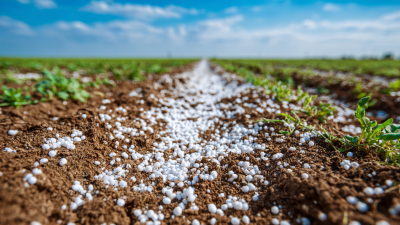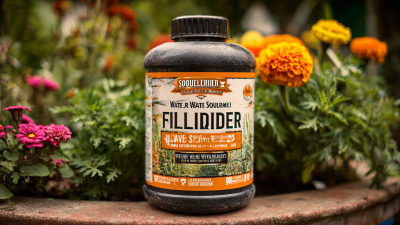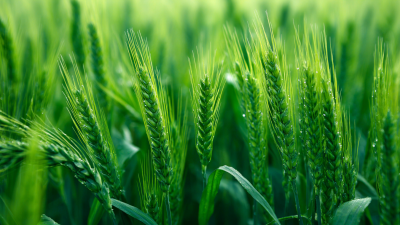When it comes to maximizing crop yields and ensuring sustainable agricultural practices, the choice of fertilizers plays a crucial role. Among the various types available, Water Soluble Phosphatic Fertilizers stand out as a vital component for addressing phosphorus deficiencies in soil, which is essential for plant growth and development. In this article, we will explore the five best tips for selecting the right Water Soluble Phosphatic Fertilizers tailored to your specific crop needs. Understanding the nutritional requirements of your plants, the efficacy of different formulations, and the environmental impact of fertilizer application will empower farmers to make informed decisions. By carefully considering these factors, you can enhance soil fertility, promote healthy crop development, and ultimately boost your agricultural productivity. Join us as we delve into the essential strategies that will help you choose the most suitable Water Soluble Phosphatic Fertilizers for your farming endeavors.
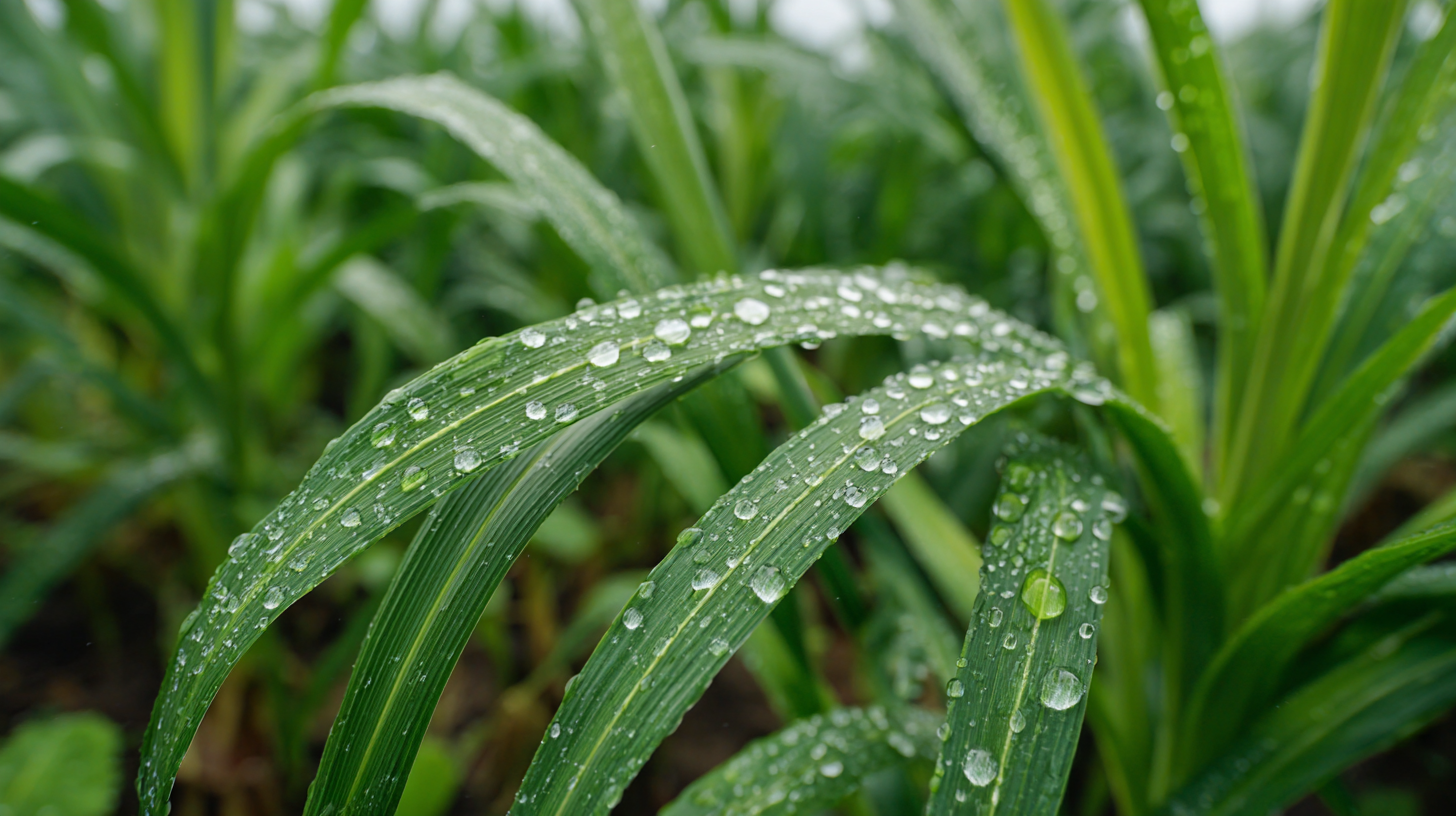
Water soluble phosphatic fertilizers play a crucial role in crop growth due to their high availability of phosphorus, an essential nutrient for plants. Phosphorus supports vital processes such as photosynthesis, energy transfer, and the formation of nucleic acids. According to the International Fertilizer Industry Association (IFA), phosphorus is one of the three primary macronutrients, and its deficiency can lead to stunted growth and poor crop yields. For instance, a study highlighted by the Food and Agriculture Organization of the United Nations indicates that proper phosphorus management can result in yield increases of up to 20%, significantly enhancing agricultural productivity.
Moreover, water soluble phosphatic fertilizers are designed for quick absorption, ensuring that crops receive the nutrients they need during critical growth stages. Research published in the Journal of Plant Nutrition shows that applying these fertilizers at the time of planting can lead to improved root development and increased resistance to environmental stresses. The efficiency of water soluble phosphatic fertilizers not only improves crop yields but also contributes to sustainable farming practices by reducing the risk of over-fertilization and nutrient runoff, thus preserving water quality.
This chart displays the average yield improvement (in tons per hectare) of crops when using different types of water soluble phosphatic fertilizers.
When selecting phosphatic fertilizers for your specific crops, it’s essential to consider several key factors that can significantly impact crop health and yield. Firstly, soil testing should be the foundation of your decision-making process. According to the Soil Science Society of America, understanding the existing nutrient levels in your soil can help tailor your fertilizer choice, ensuring that you provide the right nutrients in the right amounts.
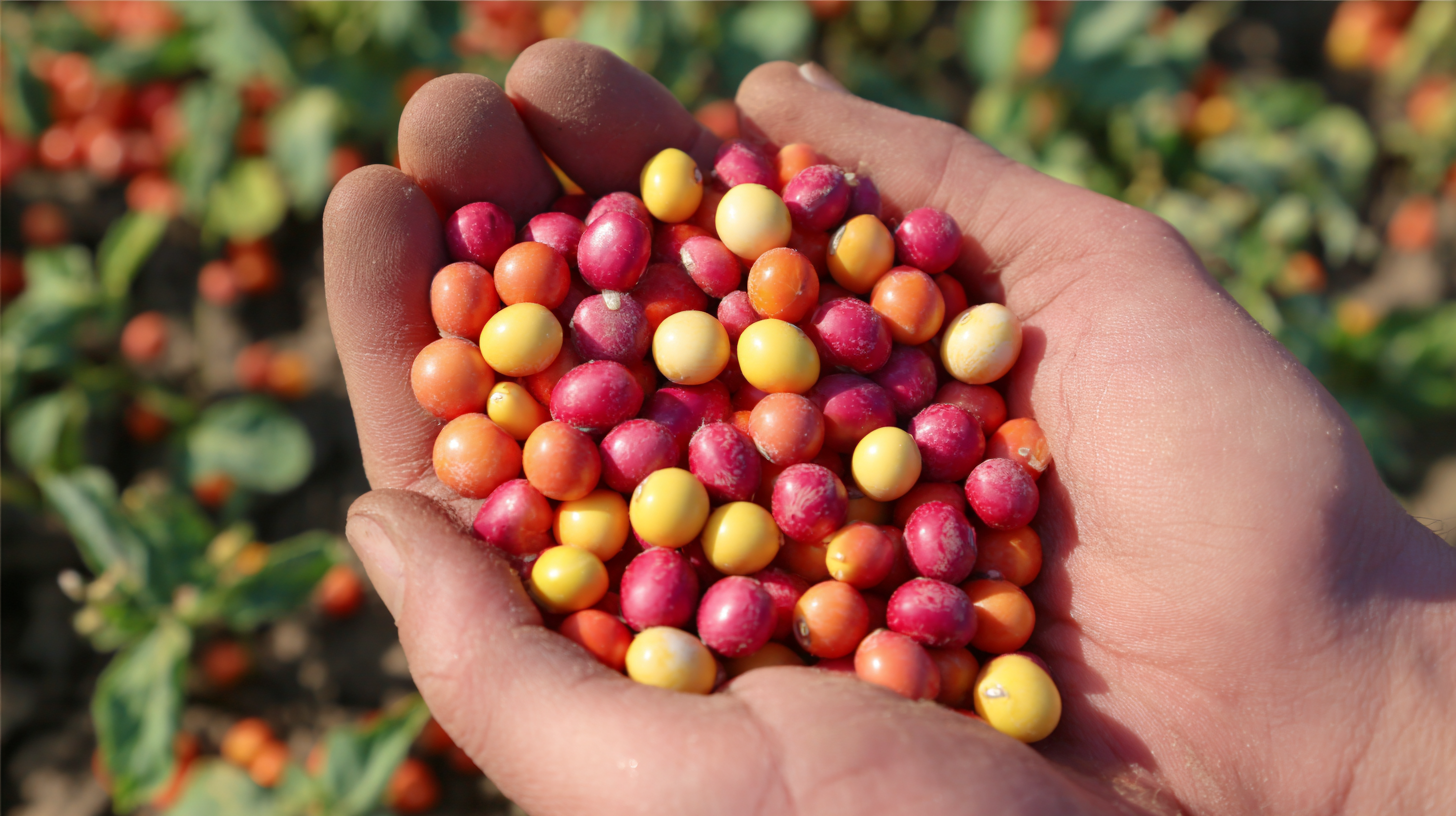
Additionally, the type of crops you are growing greatly influences your selection. Different crops have varying phosphorus requirements; for instance, root vegetables often need a higher concentration of phosphates compared to leafy greens. A report from the International Plant Nutrition Institute highlights that crops like potatoes benefit from water-soluble phosphatic fertilizers that can enhance phosphorus availability in the soil, driving better tuber development.
Tip: Opt for fertilizers that have a high water solubility rate to ensure efficient uptake by plants, especially in high-demand growth stages. Moreover, consider the source of the phosphatic fertilizer; those derived from natural sources tend to improve soil health over time, while synthetic options can lead to quicker nutrient release, perfect for immediate crop needs.
When selecting water soluble phosphatic fertilizers, evaluating soil conditions is fundamental to ensure the nutrients align with crop requirements. According to the International Fertilizer Association (IFA), around 30% of global soils exhibit phosphorus deficiency, significantly impacting agricultural productivity. Understanding soil pH, texture, and organic matter content is crucial, as these factors influence phosphorus availability. For instance, soils with low pH (acidic) can hinder phosphorus uptake, making it necessary to incorporate fertilizers high in soluble phosphorus forms, such as Monoammonium Phosphate (MAP) or Diammonium Phosphate (DAP).
Additionally, a soil test is invaluable in determining existing phosphorus levels and the total nutrient capacity of the soil. The results can guide farmers in choosing the right type and application rate of water soluble phosphatic fertilizers. A study published by the Food and Agriculture Organization (FAO) indicates that appropriate fertilizer usage based on soil analysis can increase crop yields by up to 25%. By aligning fertilizer selection with precise soil needs, farmers can not only enhance plant health but also improve soil fertility over time, thus contributing to sustainable agricultural practices.

When selecting water-soluble phosphatic fertilizers for crops, it’s essential to compare different brands and types to find the best fit for your agricultural needs. Various brands offer unique formulations, with differences in nutrient content, solubility rates, and application methods. For instance, some brands may include additional micronutrients which can enhance plant growth, while others focus primarily on high phosphorus content. Understanding the specific requirements of your crops and the soil conditions is crucial in making an informed choice.
Another critical factor to consider is the solubility of the fertilizer. Different types of water-soluble phosphatic fertilizers dissolve at varying rates, affecting how quickly plants can access the nutrients. Fast-dissolving fertilizers can provide immediate benefits, particularly during critical growth stages, while slower options may support prolonged nutrient release. Reading product reviews and consulting with agriculture specialists can provide insights into the effectiveness of different brands. Ultimately, thorough comparison and testing of various phosphatic fertilizers can yield better crop performance and optimize resource use.
When it comes to water-soluble phosphatic fertilizers, the timing of application is crucial for maximizing crop yield. One key tip is to apply these fertilizers during the early growth stages of your crops. This timing ensures that the plants can effectively utilize the nutrients, enhancing root development and overall vigor. Incorporating fertilizer shortly before or during rainfall can also increase absorption while minimizing runoff.
In addition to timing, utilizing proper application techniques is essential. For instance, foliar application can be highly effective, especially in situations where soil conditions limit nutrient uptake. Spraying diluted phosphatic fertilizers on leaves allows for direct nutrient absorption, leading to quicker responses from the plants. Another technique is to use fertigation, which combines irrigation and fertilization, ensuring that nutrients are delivered directly to the root zone. This method optimizes both water and nutrient use, enhancing crop performance significantly.
Being mindful of these best practices can lead to more efficient use of water-soluble phosphatic fertilizers, ultimately resulting in healthier crops and better yields.

